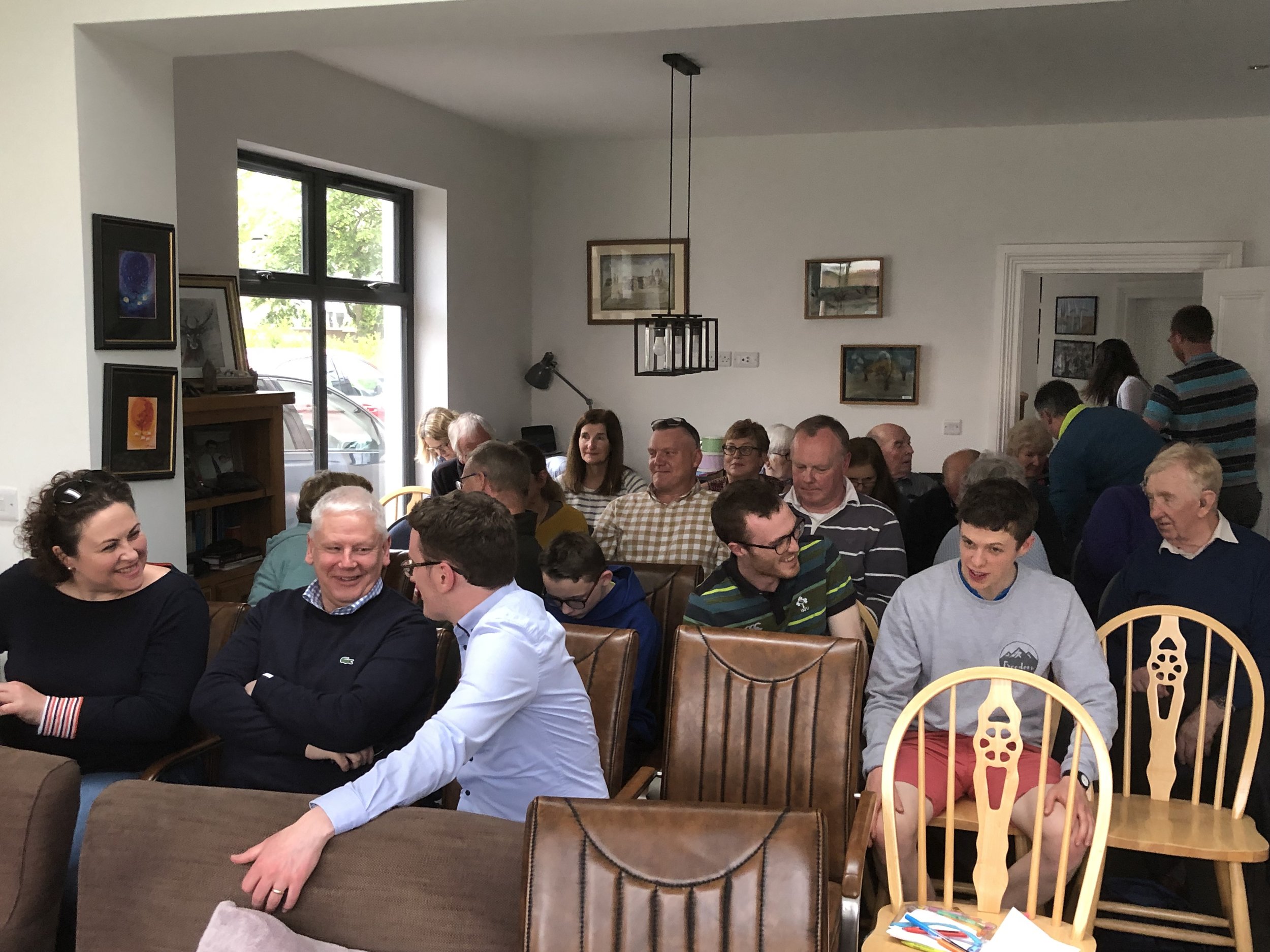Few people in the history of the Reformed Presbyterian Church have ever preached regularly to thousands, but William Symington was one of them. In a 23-year ministry in Glasgow, from 1839 until his death in 1862, he preached weekly in a building that held 1000 people. His evening services in the Great Hamilton Street congregation proved so popular that he began a third service in the afternoon. About a year after moving to Glasgow, he wrote in his journal: ‘The crowd at evening lecture most overwhelming; many hurt in getting in: hundreds not able to find admission: house filled in five minutes after door opened’.
Symington’s decision to move to Glasgow had not been an easy one. After seventeen years in Stranraer, he had received a call to another Glasgow congregation (West Campbell Street), having previously turned down a call to Dumfries in 1829. His journal shows how he wrestled with the Glasgow call, but in the end the Synod refused to sustain it. At that time, the idea of a minister moving from one congregation to another was almost unheard of. The same congregation called him again the following year, but that time he refused it himself. However, in 1839 the Great Hamilton Street congregation called him, Synod eventually sustained it, and he went.
A snapshot of what a typical service would have looked like is recorded in a contemporary book entitled Our Scottish Clergy. On the day in question in 1847, Symington’s service consisted of the singing of four verses of a psalm, a prayer and the reading of part of another psalm, followed by a twenty-minute psalm exposition. Another short passage was read before a 55 minute ‘lecture’, and the service was concluded with prayer, singing and the benediction.
After a short break, there was an afternoon service, which consisted of singing, ‘a prayer of much fervour and very great length’, a reading and a sermon. The reviewer noted that ‘the only thing remarkable in the public services of the Reformed Presbyterian Church is their exclusive use of the psalms – paraphrases and hymns being both prohibited’.
Although the congregation was large, a sense of fellowship was kindled through society or fellowship meetings. These weekly small-group meetings had been part of the fabric of the Reformed Presbyterian Church from the very beginning. Detailed rules for how such meetings were to be conducted had been published by the denomination in 1782 and 1823. The Great Hamilton Street congregation had twenty-four such groups meeting regularly, at which, as one of Symington’s elders explained, ‘a text or subject previously appointed was then discussed by all present’. Symington’s journal records his careful weekly visitation of these meetings and in later years he assigned ‘Fellowship Meetings’ as a subject for research and report by his students at the Theological Hall. During Symington’s time an objection was raised against an elder-elect who did not consider these meetings ‘necessary in the present age’ – he was not ordained!
When Symington moved to Glasgow, the membership of the congregation was little over 300 – and decreasing. However, at his first communion season in Glasgow, 65 names were added to the membership roll. Entries were made twice each year, at the October and April communion seasons, and the number of new members each time seldom fell below 40 in all the years he was there. By 1853 he calculated that there had been over 1500 admissions to membership during the sixteen years he had been there. With the total membership now at 993, a daughter congregation was formed, as the church building was no longer large enough to hold even the members and their families. Later that same year we find Symington asking for the help of an assistant, because despite all the deductions caused by immigration, the planting of a new congregation and death, there were still more than 900 people on the roll.
Nor was this a loose membership. Symington divided the entire number into geographical areas. An elder was assigned to each of these areas and given the responsibility of calling on the members in it. The record of these visitations was reviewed twice a year. There were decreases in membership during the pastorates that followed and preceded Symington’s, but while he was minister three new congregations were formed and by the time of his death the membership of the mother congregation was treble what it had been when he arrived. Roy Blackwood comments that ‘few if any other congregations in the denomination could have mustered even 500 members during these years’. On Symington’s death, the Synod noted ‘we have reason to believe that not only did the congregation grow in numbers but that many were by his instrumentality brought to the knowledge of the truth and savingly converted’.
Symington particularly invested in the young men in his congregation. Thirty men who were either members of, or connected with, the congregation became ministers, including two professors of theology and three missionaries.
One of those who became a professor in the RP Church and later the Free Church was William Binnie. After Symington’s death he recalled ‘I can never forget a parting visit I paid him in his study one day in the autumn of 1845. I was going off to spend a winter on the continent. He made me kneel along with him, and commended me to God in a prayer which affected me far more than any public prayer of his had ever done: it was so simple, so warm, so clearly an outpouring of the heart’.
One of those who became a missionary was the famous John G. Paton. Paton had been an elder and city missionary in Great Hamilton Street and then in Green Street, where a church, manse and school were purchased. When Paton felt the call of God to go and serve as one of the RP Missionaries in the New Hebrides, he was famously warned by an elderly gentleman ‘you will be eaten by cannibals’. Paton writes ‘even Dr Symington…repeatedly urged me to remain at home’. His ‘beloved minister’s’ reasons seem to have been the success Paton was seeing at home, and also the threat the cannibals posed to his life.
It would be wrong, however, to conclude that Symington was unmoved by the claims of mission. From the beginning of his ministry he had supported the claims of Jewish mission, and when in Stranraer had hosted a meeting to support Thomas Chalmers’s scheme of Church Extension in the Church of Scotland.
During his time in Stranraer, he heard Alexander Duff speak of the National Church’s plan for Christianising India. He wrote in his journal: ‘I reckon it a great privilege to have heard and met with this great and good man. May it be blessed for increasing my zeal for the conversion of the heathen’. Less than three months later, on Old New Year’s Day, 1838, he gathered together the youth of the congregation, read some missionary intelligence and delivered an address on the obligation of Christians to diffuse the gospel among the heathen. A juvenile missionary society was formed, and he prayed ‘May this be the commencement of a mission to the heathen from the Reformed Presbyterian Church in Scotland’. Years later, in Glasgow, he wrote in his journal that he had met David Livingston and his wife and ‘had a long conversation with the great African traveller’.
Symington’s friendships with men in the evangelical wing of the Church of Scotland testify to the fact that he was far from narrow in his outlook. The nineteenth century was a time of great religious and philanthropic societies (Bible societies, widow and orphan societies etc), and Symington was involved in many of them from the beginning, alongside evangelicals from other denominations.
He preached in many churches outside his own denomination. Shortly after the formation of the Free Church he was asked to preach the opening sermon at an interdenominational conference to mark the bicentenary of the Westminster Assembly, where the key documents of British and American Presbyterianism had been drawn up. That sermon, entitled ‘Love one another’, included a call for unity, which helped lead to the first meeting of the World Evangelical Alliance, two years later. Through Symington’s influence, the Credal Basis of the Alliance included a reference to the Mediatorial Kingship of Christ. Explaining the remarkable interest of the Reformed Presbyterians in the Evangelical Alliance, the denominational magazine said ‘we know none that are under greater obligations to hail and further the cause of union than the followers of the Scottish Reformers, and the professed friends of the Solemn League and Covenant’.
Symington was called home at the age of 66 on 28th January 1862. His final journal entry, written two weeks before, reads: ‘Still weak as ever’. James M’Gill, who had turned his horse around 30 years before after Robert’s death, took his memorial service. He preached on Hebrews 11v4: ‘He being dead, yet speaketh’. Over 150 years later, through his writings which have been republished in our own century, people around the world are still hearing William Symington speak today.









